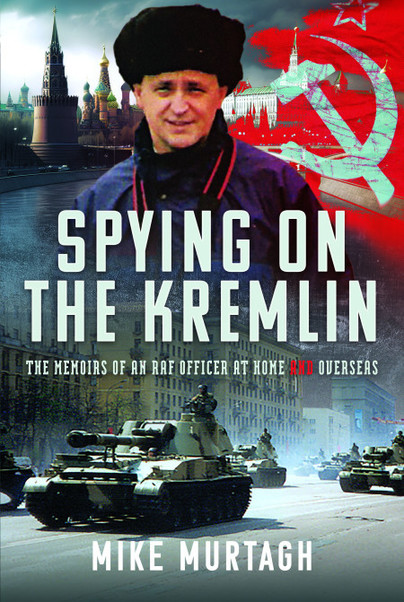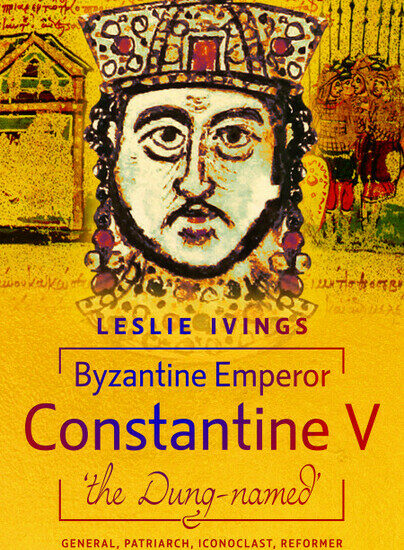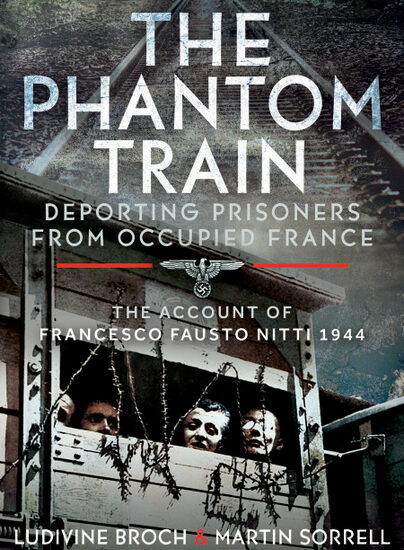INDIA’S AND PAKISTAN’S CONTINUED HOSTILITIES
Guest post from Mike Murtagh.
News recently of India’s airstrikes against what they claim to be terrorist infrastructure in Pakistan, following a terrorist incident in Kashmir brought to mind my experience of similar heightened tensions when I lived and worked in India in the early-2000s. The attendant fears of a nuclear exchange and conflagration, should the situation escalate were the same then, as now.
As I relate in my memoir, ‘Spying On the Kremlin’, I spent 3 years working as an Entry Clearance Officer in the Deputy High Commission in Chennai, formerly known as Madras and located in the southern Indian state of Tamil Nadu.
During my RAF service, amongst myriad other duties over the years, I had a War Role that I practised throughout various Station exercises. My War Role was to plot, assess and issue warnings, as appropriate, in response to NBC (Nuclear, Biological & Chemical) attacks, so, when India and Pakistan started squaring-up for yet another instalment in their centuries-old record of cold and hot wars, I paid close attention to developments.
As the reader can imagine, the threat of possible nuclear annihilation served to concentrate the mind wonderfully! Of course, I had been in a similar situation, at the mercy of world events, as a 9-year-old during the Cuban Missile Crisis of October 1962. This was the closest that the world got to World War III and a worldwide nuclear conflagration and those 13 days were incredibly dramatic. Even as a little boy, I was aware of the drama and the associated tension at the time. I remember how the authorities tested the air raid sirens in expectation of having to give warning – however futile that might have been in terms of ensuring public safety – in the event of a Russian nuclear missile attack.
Strangely, I remember being relatively calm in Chennai as the situation escalated between the two nuclear-armed states. I found myself trying to assess the likelihood of Chennai itself being hit and the possible consequences for its inhabitants – including me! Apart from the city itself, I felt that a highly likely target was a nuclear power station on the coast to the south of the city. Of course, that would mean the risk of a double-whammy of nuclear radiation hitting us.
There’s a fair amount of ignorance regarding the dangers presented by nuclear weapons and their effects. For example, fallout is not an inevitability. This is only created where the fireball from a nuclear detonation touches the ground – not necessarily the case with an airburst. Also, depending on the wind direction, even if you are relatively close to a detonation, it is possible that you might not be affected by fallout.
It was this downwind hazard, as a result of an NBC attack, that formed part of my responsibilities as a Plotter during wartime. Consequently, when the threat arose in India while I was there, I sought out data on prevailing wind conditions to assess our chances of being hit by nuclear fallout in the event of a Pakistani missile strike. As it turned out, we would have had the possibility of being affected by fallout from a nuclear strike to the south, but not necessarily from a strike to the north of Chennai.
Still, the whole thing petered out, but it was an interesting few days to say the least! Let’s hope this is what happens this time around!

Order your copy here.

